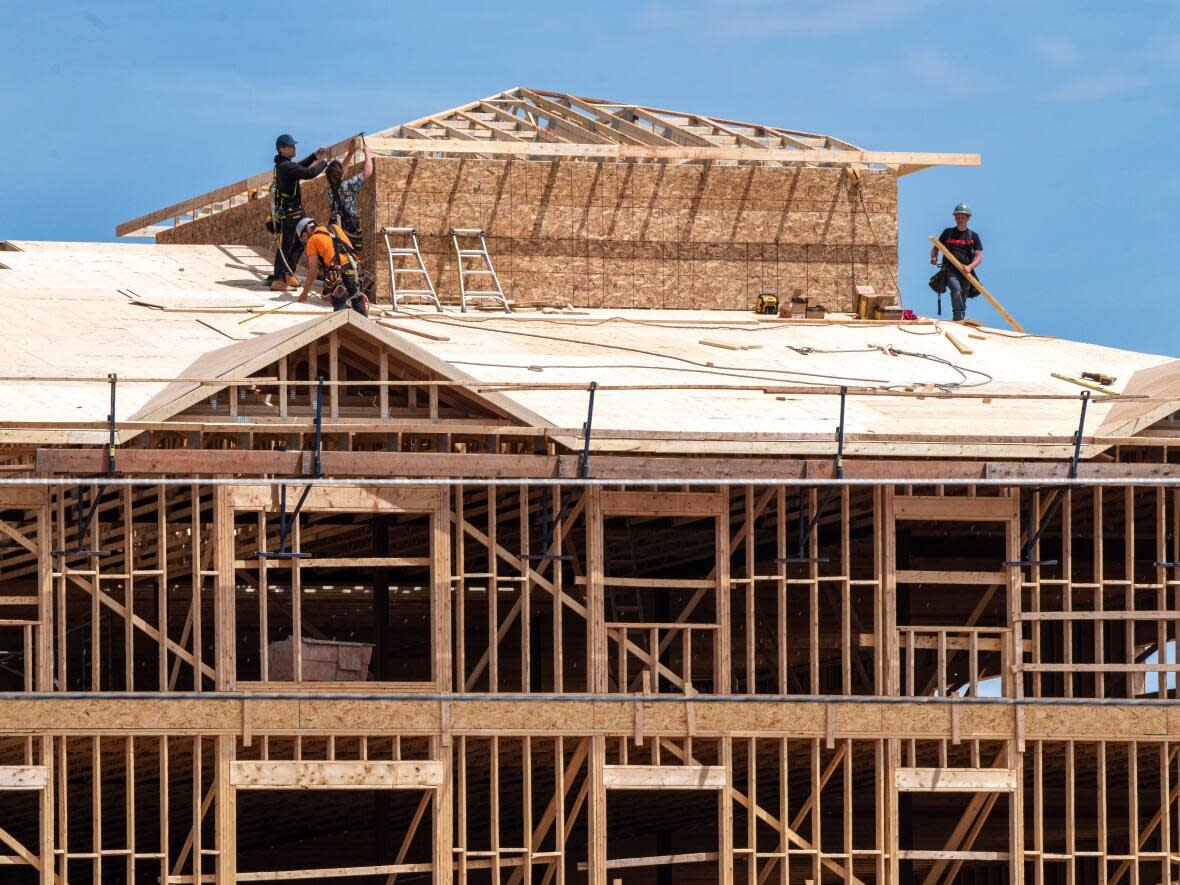P.E.I. about 4,000 Islanders ahead of schedule, new population estimates show

P.E.I.'s population continues to grow faster than anticipated, according the latest estimates from Statistics Canada.
In a report this week, the agency reported the Island's population as 172,707. That is about 4,000 more than the province's projected figure for the population at this time, or roughly where it was projected to be July 1, 2024.
P.E.I. population growth
The population grew by 2,019 in the third quarter, or 1.2 per cent. P.E.I. remains one of the fastest growing provinces, but was edged out by Alberta for the top spot, which grew 1.3 per cent. Overall growth in Canada was 0.9 per cent.
Natural growth, births and deaths, was not a factor, with a net loss of 26. Immigration is the biggest component of the province's population growth.
Immigration to P.E.I.
Through the first three quarters 2,354 immigrants landed on the Island. Interprovincial migration added another 1,565.
But it is interprovincial migration that is throwing the province's projections out of whack.
Those projections estimate about 2,500 immigrants annually, a figure the province is likely to exceed this year, but not by a lot.
P.E.I. net interprovincial migration
The net gain from interprovincial migration, however, is projected to be zero, and this has been far from the case.
Provincial officials argue that interprovincial migration will go up and down but generally even out over the long periods. In the last decade there has been some truth to this.
From 2013 to 2015 the province was seeing a net loss of hundreds of residents every year to other provinces. That started to turn around in 2016. The net gain grew, peaking at 1,565 in 2021.
Since the first quarter of 2013, the province has gained a total of 4,080 residents through inter-provincial migration.


